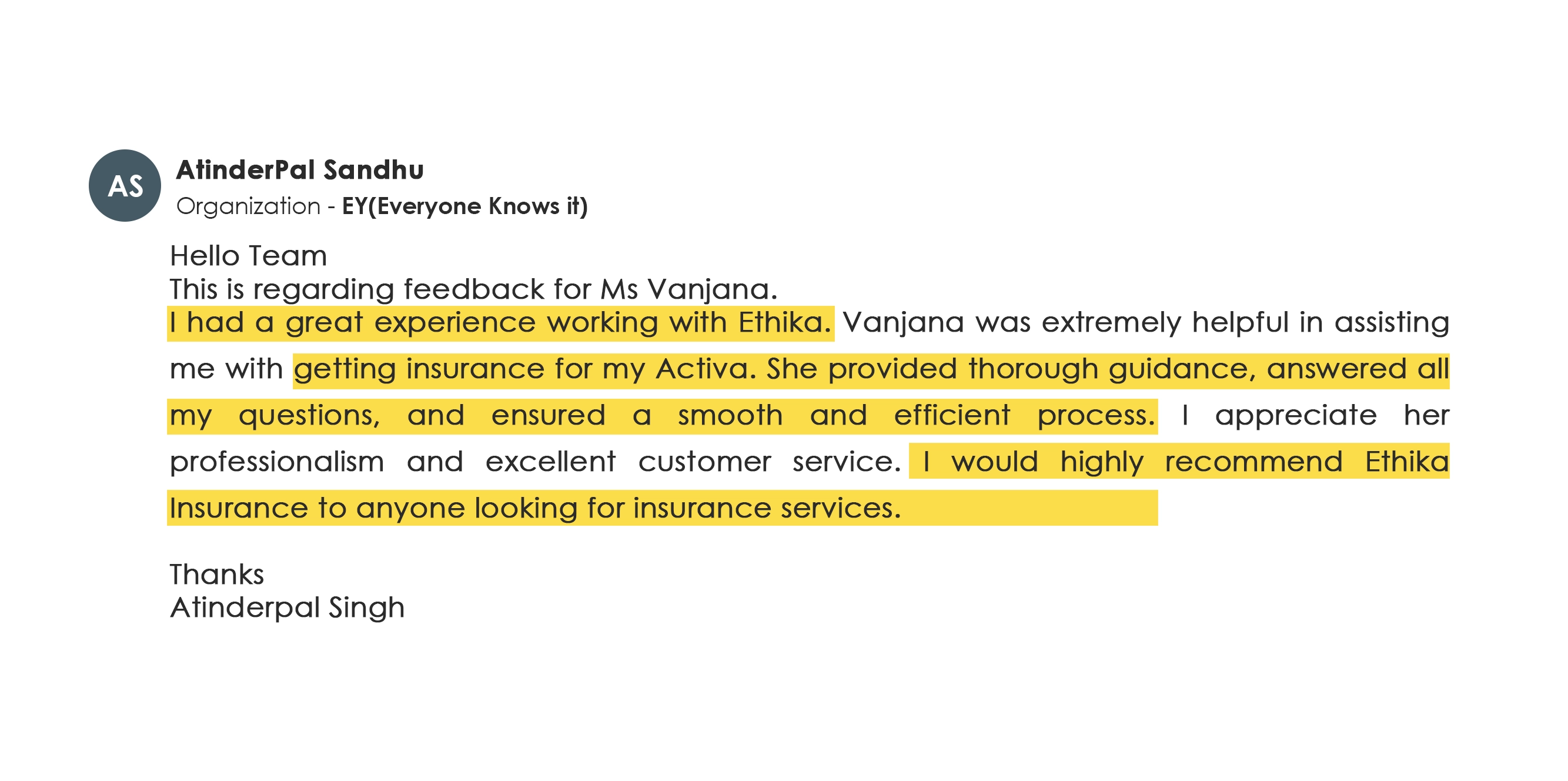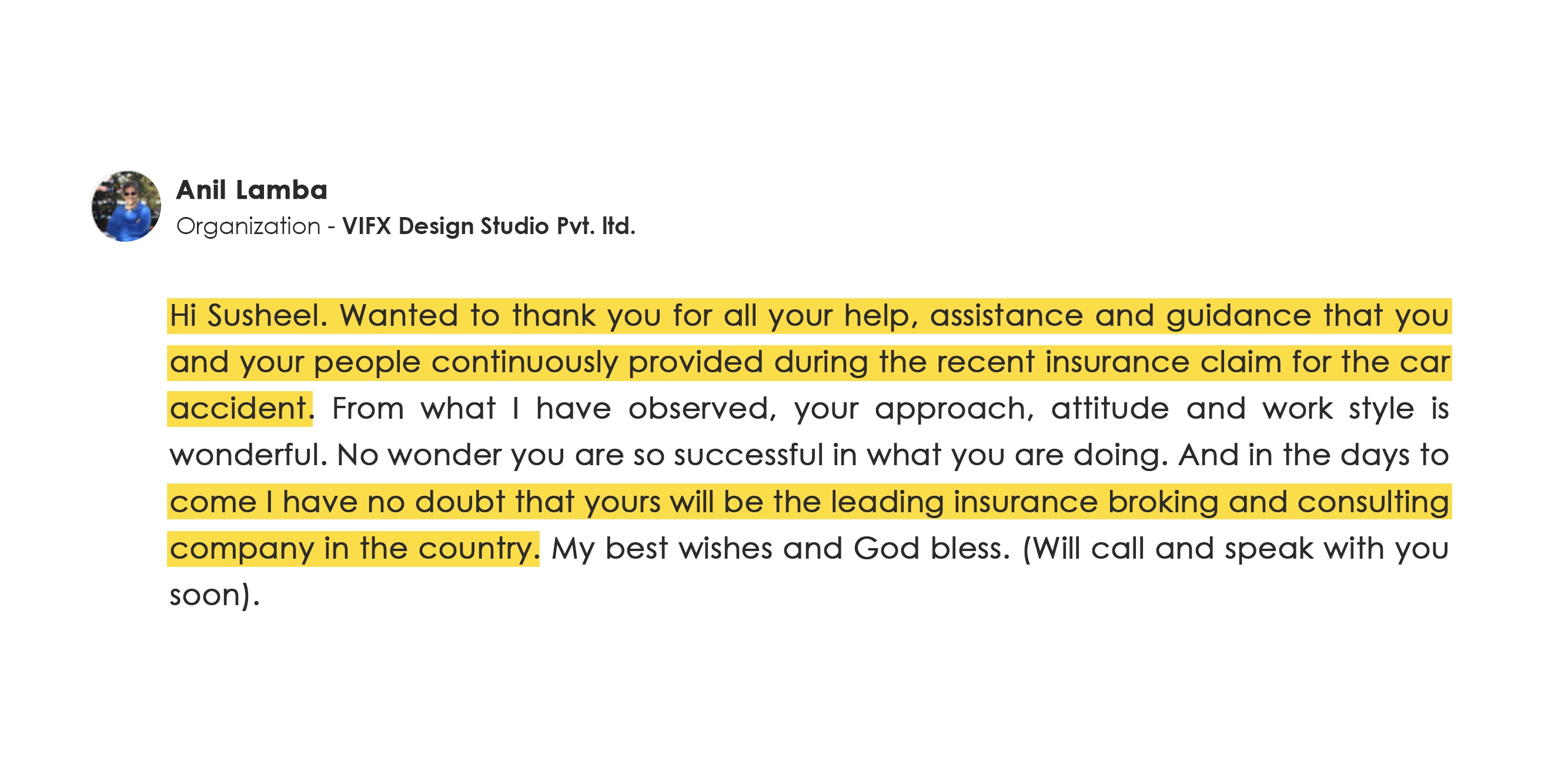How to decide the add-ons?
With so many add-ons in the market, now the question arises of how to decide the add-ons that could be suitable for your vehicle. Opting for all add-ons would increase your premium, and opting for too few could increase the risk. Hence, it is important to balance the number of add-ons and the premium payable. Let us understand how to decide on the add-ons for your vehicle:
Availability of add-ons: The first thing to check is the availability of the add-ons with the insurance company you are planning to go with. If the required add-ons are unavailable with that particular company, then there is no point in going with it. For example, you have a vehicle that is 7 years old and looking for a zero depreciation add-on with your comprehensive cover. Suppose company X cannot offer zero depreciation cover but is offering other covers such as roadside assistance, key protection, and baggage cover. In that case, there is no point in going with that company, as zero depreciation cover is the most important in motor vehicle insurance. You need to understand which add-on is important for your vehicle and decide accordingly. There could be add-ons that are irrelevant to you at that particular time but might be required later. So, considering all these thighs, you should decide on the add-ons.
Requirement of add-ons: The requirement of add-ons for your vehicle also plays an important role in deciding the add-ons to be taken. For example, if you are staying in a low-level area that has experienced floods, you should consider taking zero depreciation and engine protection cover. Engine protection cover would come in handy in case of stand-alone damage to the engine. Similarly, if you are using the vehicle only for limited city travel, there would be less requirement for roadside assistance cover. Certain add-ons are to be considered; zero depreciation and consumables cover, as these add-ons can save you at the time of claim settlement. Key protection cover can be taken if you are staying in an area that has a considerable number of theft or robbery claims reported or if you are parking your vehicle in the open.
Premium payable: The other way to decide on the add-ons is to consider your premium paying ability. Opting for add-ons would increase the premium considerably, and you should be able to decide which add-ons would come in handy and select the add-ons accordingly. One should consider their budget and purchase the add-ons failing, which would cost more than required.
Age of the vehicle: The age of the vehicle should also be considered while selecting the add-ons. For example, vehicles aged more than 7 years would not get zero depreciation cover which is the same as vehicle replacement cover, which would not be given to vehicles aged 3 years or more. One should consider their vehicle age and divide the add-ons accordingly; the higher the vehicle age, the lower the requirement for more add-ons. Required add-ons, such as zero depreciation and consumables, should be selected as long as the insurance company offers them.
Frequency of drives: The frequency of taking out a vehicle for driving should also be considered when selecting the add-ons. If you are a frequent driver traveling to different parts with different risk profiles, you should select the add-ons accordingly. For instance, if you travel to water areas, hilly areas, plain areas, or areas with high robbery cases, you should opt for add-ons that can provide you complete protection when traveling to any of these locations.
Location of the vehicle: The location also plays an important role in deicing the add-ons. For instance, if you are parking your vehicle in the open or on the street, there are high chances of accidents or theft. So, check the risks in your location and then decide on the add-ons. If you stay in an area with adequate security, you can skip a few add-ons.
For more information on the add-ons in motor vehicle insurance and advice on selecting the best add-ons for your vehicle, please book a call with Ethika insurance broking and get assistance from our motor insurance experts.

 Get a free review of your
Get a free review of your









